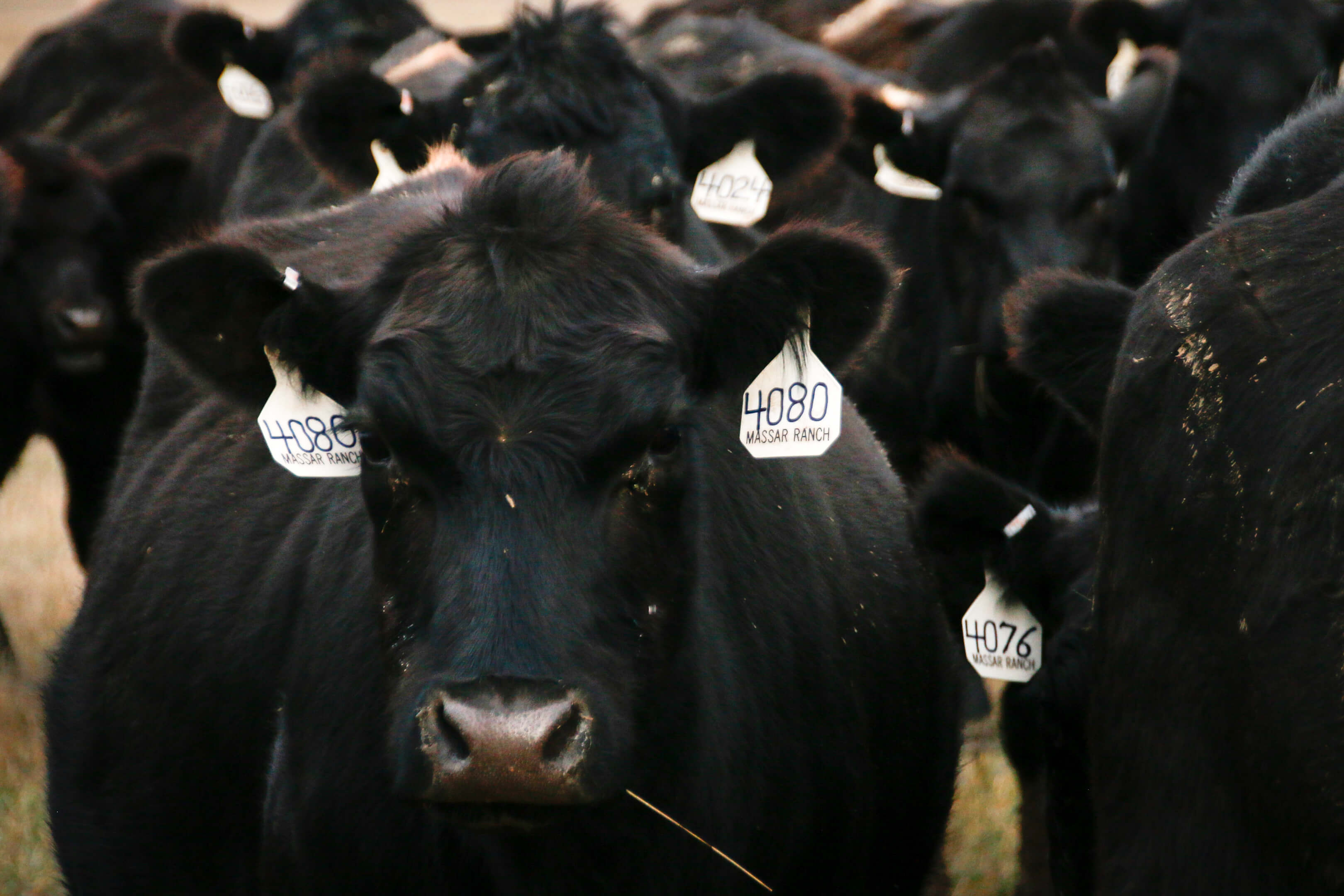
Cause and Effect
by Justin Sexten, Ph.D.
We sometimes associate cause and effect without knowing the real link, or as an academic buzz phrase has it, “correlation does not equal causation.” A quick search provides a humorous example. Did you know ice cream sales and shark attacks are highly correlated? While true in a broad sense, the actual reason for similar seasonal trends is that hot weather brings greater ice cream consumption as well as more swimming along beaches where sharks lurk.
Examples in the beef production model are many: vaccines’ ability to prevent pinkeye, growth attributed to a change in feed ingredients, treatment success with the most recent antibiotic. Then there’s the supposed link between weaning success and the moon’s position relative to constellations of stars. While I have never seen any data on the relationship between lunar or zodiac signs and calf weaning success, I wonder if another factor comes into play. Those who follow the signs must plan ahead, so this advance planning could be the actual basis for weaning success rather than relative positions in the heavens. Planning ahead can still get us in trouble, however, if we ignore data and hold on to assumptions of cause and effect.
As many cows across the county enter their third trimester and weather turns colder calving season comes to mind along with birth weights and, especially with heifers, concerns about calving difficulty. Two correlations are often referenced for calf birth weight: weather and nutrition. Data from Nebraska and Oklahoma suggest birth weight increases in cold weather and decreases in hot. That’s likely caused by changing blood flow to conserve heat in the winter and dissipate it in the summer, but it’s a factor we can’t control. That said, those who manage fall-calving herds and should keep in mind the seasonal data suggest their calves are 4 to 5 pounds lighter at birth than spring-born from similar genetics. Calving ease is less important in sire selection for the fall herds.

You can control late-gestation nutrition, and some say putting limits on that can moderate birth weight. While true, there are many potentially negative effects, such as increased calving difficulty due to weak cows, poor colostrum quality, later puberty in replacements, lower quality grade in finished cattle and increased post-partum interval. It may lower rebreeding rates in cows when the attempt to solve a problem not only fails in the near term but keeps on failing because cows lack adequate body condition scores at calving. Clearly the associated effects suggest correct sire selection as the more appropriate method to address dystocia.
Another relationship commonly discussed comes up in a recent article from the U.S. Meat Animal Research Center. Warren Snelling and coworkers looked at the correlations or relationships of cow weight and productivity. Their paper examined the productivity of cows over time and how the industry trend for increased yearling growth affects reproductive success and retention in the herd. It agreed with past studies, showing a negative relationship between increased cow weight and weaning production traits. The new wrinkle was Snelling’s suggestion that culling unproductive 2- and 3-year-old females could overcome this negative relationship.
Here’s where discussion among ranchers can lead to different outcomes, depending on their ranch environments. One decides to stop selecting for more growth, citing genetic progress as the cause for larger mature cow size, which in turn has caused declines in weaning performance and longevity in the herd. Another decides to keep selecting for increased growth and finds minimal reduction in weaning performance. Unknown is how the rest of the environment—to include management—affects these relationships. Perhaps on one ranch, the 2- and 3-year-olds are given another chance after failing to rebreed while the other indirectly selects for fertility (and females that fit the program) by culling based on reproductive success regardless of age.
When you stop to think about cause and effect in any aspect of herd management, keep in mind many variables influence cow herd productivity. When evaluating alternative practices, remember to consider all aspects of your environment; your management decisions are part of the environment. When comparing notes with neighbors, veterinarians, nutritionists and seedstock suppliers, ask questions specific to your management in combination with the environment to ensure you are not causing undesired effects or blocking the way for desired effects.
you may also like
Eager to learn, ready to teach
It’s a call to serve, the same that led John Grimes to run for the American Angus Association board of directors. The sun now setting on his second three-year term, he reflects on his leadership as Certified Angus Beef® board chairman. The head of Maplecrest Farms in Hillsboro, Ohio, says there’s no instant gratification in the cattle business, with constant change cattlemen have to be nimble.
Fine-tuned engines
Mineral nutrition plays an important role in every function of cattle – from health, to reproductive performance, to day-to-day activities. However, mineral deficiencies are hard to detect base on physical traits. Supplementation programs can help ensure your cattle are getting the minerals needed to perform their best.
From chaos to dream ranch
Raising cattle had been a dream for the Idaho couple from the start of their marriage, even though neither had prior ranching experience. After years of dedication and faith in each other, the Brown family now operates a large cow-calf operation focusing on quality Angus genetics.



